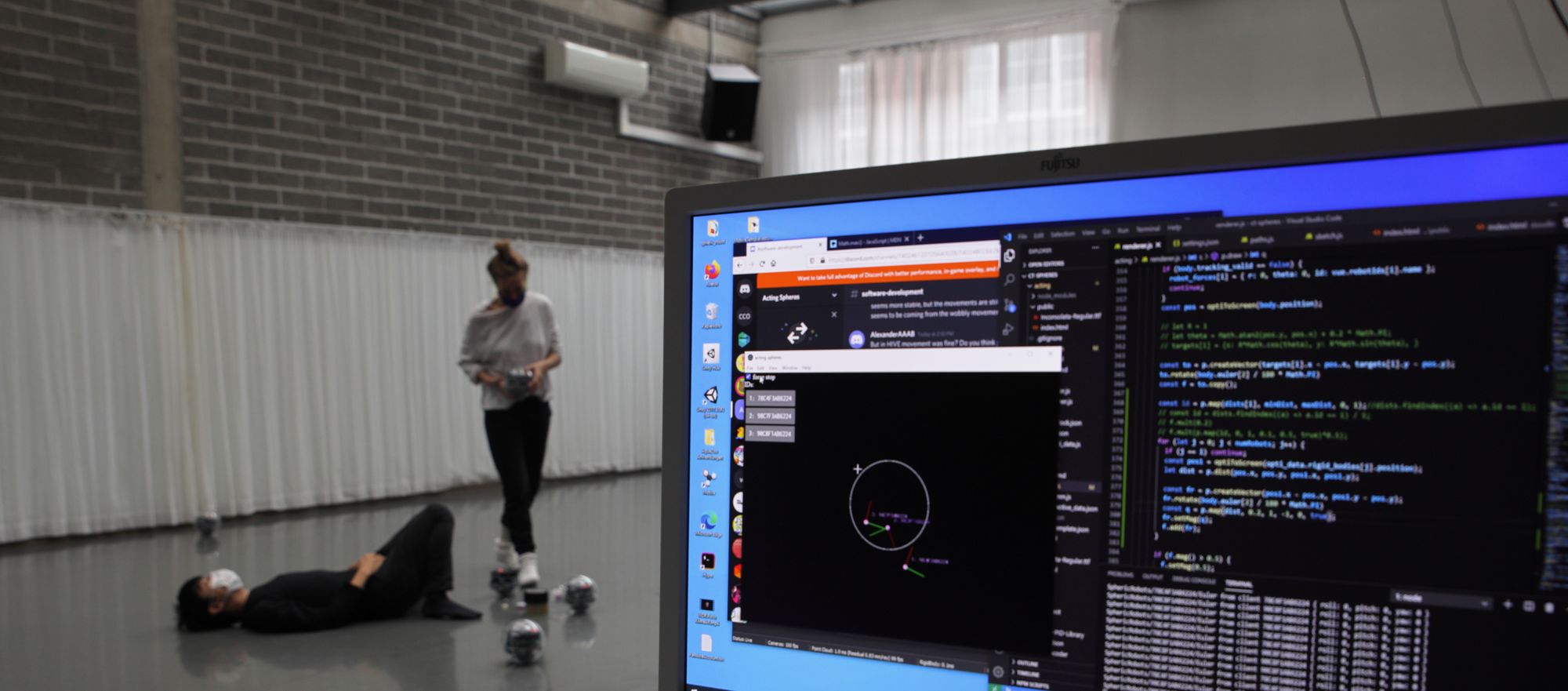In the last 3 years of our interdisciplinary endeavors, we have given our best to create synergies between art, science and industry through Mixed Reality tools and interdisciplinary partnerships. Our project partners have wholeheartedly been supporting development and activity of a creative production setting, allowing artists, technicians and content experts to collaboratively design, produce, install and promote interactive digital Mixed Reality content. We also hope to have enabled new perspectives on public space and its digital uses through artistic intervention and by using artistic views and methods of knowledge exchange thought the project development, creating new experience for everyone involved.
Despite very challenging working conditions that arose due to the COVID-19 crisis in the last year, the project has spawned four amazing Mixed Reality art projects and one authoring tool, supported the production of several exhibitions and events in organization of our project partner NRW Forum, optimized our collaborative processes for creation of mixed Reality content and contributed to numerous conferences and workshops.
However, one of the most important project gains is an intangible and immeasurable one, namely the one concerning the learnings on the interdisciplinary collaborations and processes. Mixed Reality Art is one of the art fields where artist most often heavily relay on tech experts for development of their work and vice versa, the tech experts are here being faced with concepts which transcend pure functionality or aesthetics. The challenges that arise on the way are many and the learnings that we draw from from our experiences is worth sharing.
The topics that we recognized as important and worthwhile of further research in our process of Mixed Reality Art development are the following:
How do we understand each other? The importance of introducing each other with our field-specific terminologies and, in best case, developing a common language that enables an unambiguous communication within the project team.
Do we have a genuine interest for the perspective of the other? Our interests and motivations differ, even when we work on the same project. This does not exclude the importance of openness and respect for the perspective of the other.
Who has the final say? Do we make concept-led or technology-led decisions? If we put aside the fact that the available budget often helps in resolving the dilemma, it is good to notice that an artistic concept often already takes technology into account as a conceptual factor.
(Whom and how) Do we address? User experience (UX) is an important concept in the field of interactive technologies. Is audience turning into users when experiencing Mixed Reality Art and how important are the UX standards in that case?
Did we do a good job? When can we consider our project successful and how can we measure it? Is happy audience a measure of a successful project? What if art provokes different emotions? If an artist does not have an expectation from its audience, how can the developer evaluate her/his work?
All these and many other questions became create a base for our further research of collaborative work between artists and technologists.
If you are interested in sharing your experience on interdisciplinary collaboration in the process of Mixed Reality Art production or would like to participate in one of our next workshops on the topic, feel fee to contact us under ivana.druzetic@hs-duesseldorf.de.
